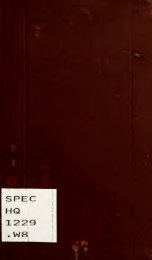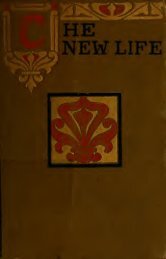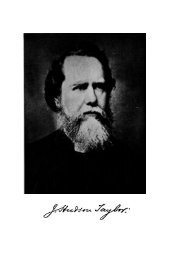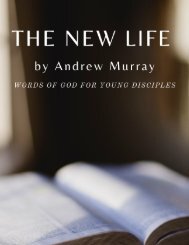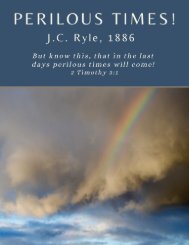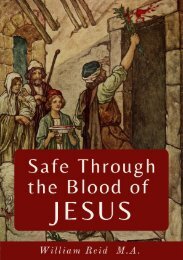The Case For Christ
The Case for Christ records Lee Strobel's attempt to "determine if there's credible evidence that Jesus of Nazareth really is the Son of God." The book consists primarily of interviews between Strobel (a former legal editor at the Chicago Tribune) and biblical scholars such as Bruce Metzger. Each interview is based on a simple question, concerning historical evidence (for example, "Can the Biographies of Jesus Be Trusted?"), scientific evidence, ("Does Archaeology Confirm or Contradict Jesus' Biographies?"), and "psychiatric evidence" ("Was Jesus Crazy When He Claimed to Be the Son of God?"). Together, these interviews compose a case brief defending Jesus' divinity, and urging readers to reach a verdict of their own.
The Case for Christ records Lee Strobel's attempt to "determine if there's credible evidence that Jesus of Nazareth really is the Son of God." The book consists primarily of interviews between Strobel (a former legal editor at the Chicago Tribune) and biblical scholars such as Bruce Metzger. Each interview is based on a simple question, concerning historical evidence (for example, "Can the Biographies of Jesus Be Trusted?"), scientific evidence, ("Does Archaeology Confirm or Contradict Jesus' Biographies?"), and "psychiatric evidence" ("Was Jesus Crazy When He Claimed to Be the Son of God?"). Together, these interviews compose a case brief defending Jesus' divinity, and urging readers to reach a verdict of their own.
You also want an ePaper? Increase the reach of your titles
YUMPU automatically turns print PDFs into web optimized ePapers that Google loves.
shoot Clarence Hiller, but they couldn't determine if it was the<br />
murder weapon. Knowing they needed more to convict Jennings,<br />
detectives<br />
scoured the inside of Hiller's home in a search for additional<br />
clues. One fact soon became obvious: the killer had entered<br />
through a rear kitchen window. Detectives went outside-and there,<br />
next to that window, forever imprinted in the white paint that<br />
the murder victim himself had so carefully applied to a railing<br />
only hours before his death, they found four clear fingerprints<br />
from someone's left hand. Fingerprint evidence was a new concept<br />
at the time, having been recently introduced at an international<br />
police exhibition in St. Louis. So far, fingerprints had never<br />
been used to convict anyone of murder in the United States.<br />
Despite strong objections by defense attorneys that such evidence<br />
was unscientific and inadmissible, four officers testified that<br />
the fingerprints in the paint perfectly matched those of Thomas<br />
Jennings-and him alone. <strong>The</strong> jury found Jennings guilty, the<br />
Illinois Supreme Court upheld his conviction in a historic<br />
ruling, and he was later hanged. <strong>The</strong> premise behind fingerprint<br />
evidence is simple: each individual has unique ridges on his or<br />
her fingers. When a print found on an object matches the pattern<br />
of ridges on a person's finger, investigators can conclude with<br />
scientific certainty that this specific individual has touched<br />
that object.<br />
In many criminal cases, fingerprint identification is the pivotal<br />
evidence. I remember covering a trial in which a single<br />
thumbprint found on the cellophane wrapper of a cigarette package<br />
was the determining factor in convicting a twenty-year-old<br />
burglar of murdering a college coed. That's how conclusive<br />
fingerprint evidence can be. OK, but what has this got to do with<br />
Jesus <strong>Christ</strong>? Simply this: <strong>The</strong>re is another kind of evidence<br />
that's analogous to fingerprints and establishes to an astounding<br />
degree of certainty that Jesus is indeed the Messiah of Israel<br />
and the world.<br />
In the Jewish Scriptures, which <strong>Christ</strong>ians call the Old<br />
Testament, there are several dozen major prophecies about the<br />
coming of the Messiah, who would be sent by God to redeem his<br />
people. In effect, these predictions formed a figurative<br />
fingerprint that only the Anointed One would be able to match.<br />
This way, the Israelites could rule out any impostors and




